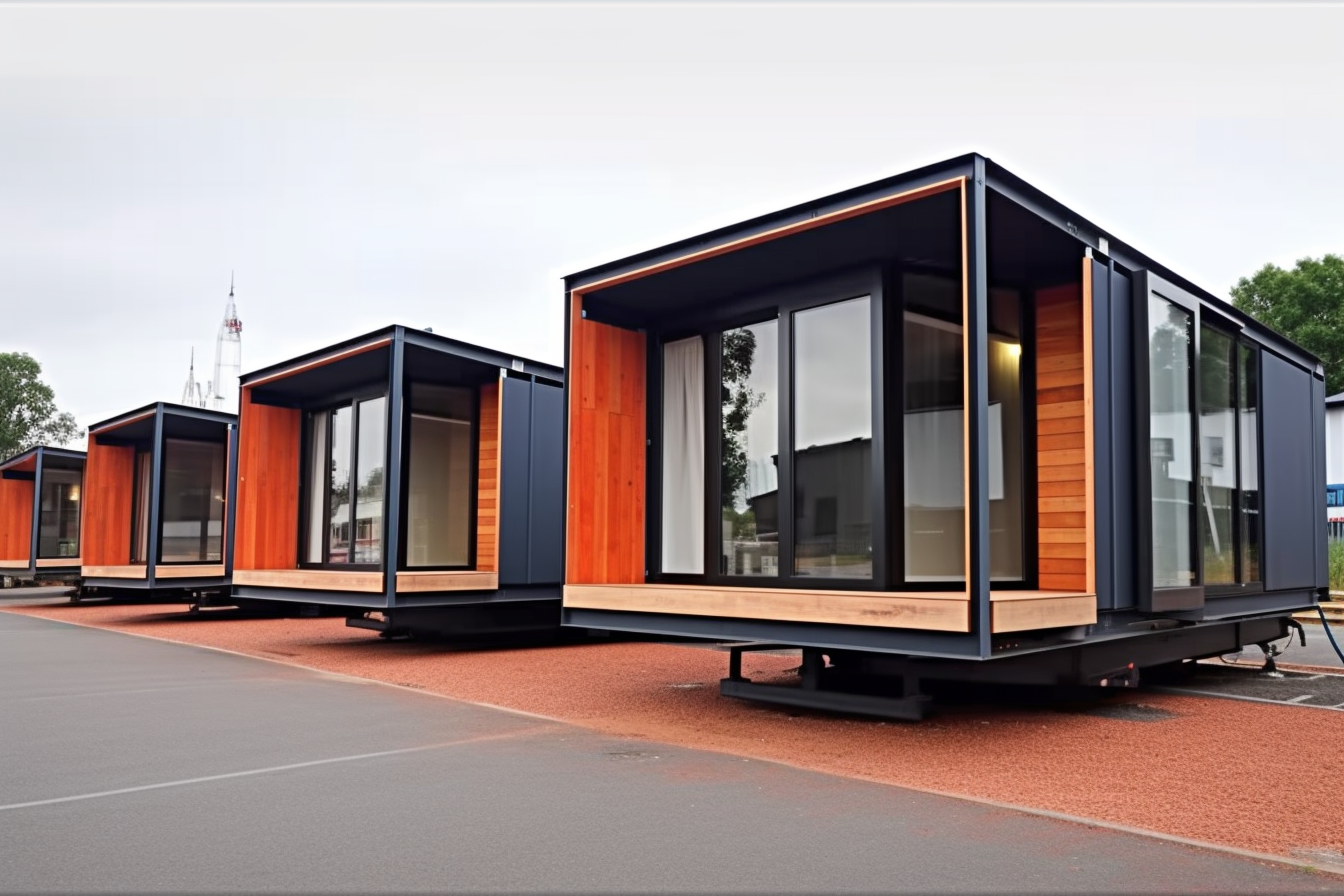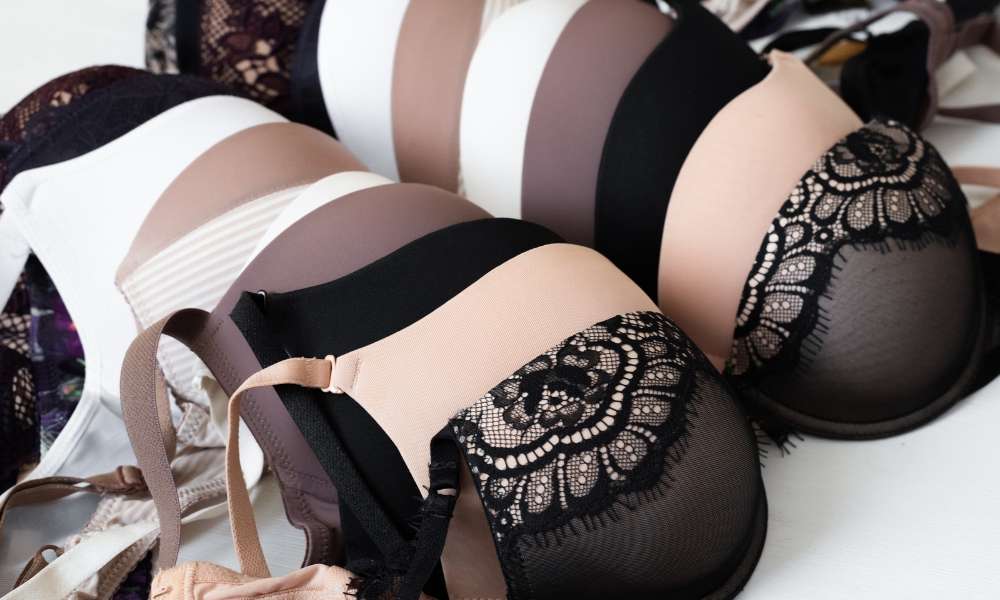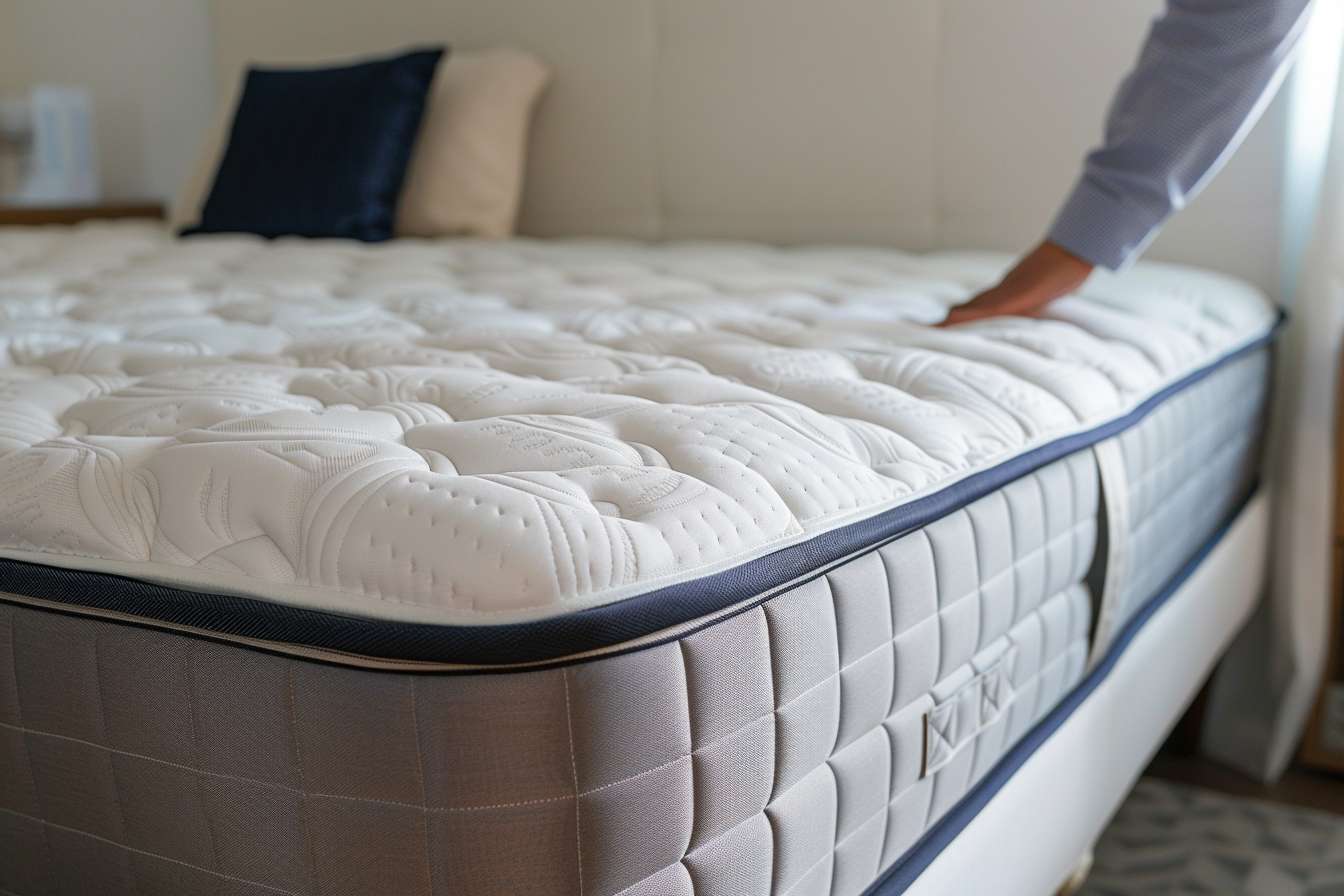Prefabricated Homes: Stylish, Durable, and Affordable
Prefabricated homes are revolutionising the UK housing market with their blend of style, durability, and affordability. Offering cost-effective alternatives to traditional builds, “prefab” homes promise efficient construction, price accessibility, and bespoke design options. As eco-friendly solutions become crucial, the role of prefabricated homes is set to expand, meeting modern living needs while respecting environmental concerns.

What Makes Prefabricated Homes Different from Traditional Houses?
Prefabricated homes are manufactured in controlled factory environments, where individual components are precision-engineered before being transported to the final building site. This controlled production process ensures consistent quality and significantly reduces construction time compared to traditional building methods. Unlike conventional homes that face weather-related delays and on-site complications, prefab homes can be assembled in a matter of weeks rather than months.
How Do Prefab Homes Address Modern Housing Needs?
Modern prefabricated homes offer remarkable flexibility in design and customisation options. From compact starter homes to luxurious family residences, these structures can be tailored to meet diverse living requirements. They feature modern amenities, energy-efficient systems, and smart home technology integration, making them perfectly suited for contemporary lifestyles while maintaining aesthetic appeal.
What Are the Environmental Benefits of Prefabricated Housing?
Sustainable prefabricated buildings significantly reduce environmental impact through efficient material use and minimal construction waste. Factory-based production allows for precise material calculations, recycling of excess materials, and implementation of energy-efficient features. Many prefab homes incorporate solar panels, high-grade insulation, and sustainable materials, contributing to lower carbon footprints and reduced energy costs.
How Long Do Prefabricated Homes Last?
Today’s prefabricated homes are built to last, with quality and durability matching or exceeding traditional construction. Modern manufacturing techniques and high-grade materials ensure these homes can withstand diverse weather conditions and maintain their structural integrity for 50-60 years or more with proper maintenance. They’re designed to meet or exceed all UK building regulations and safety standards.
What Are the Cost Implications of Choosing a Prefab Home?
| Home Type | Average Size (sq m) | Estimated Cost Range |
|---|---|---|
| Small Modular | 50-70 | £120,000 - £180,000 |
| Medium Prefab | 90-120 | £180,000 - £250,000 |
| Large Luxury Prefab | 150+ | £250,000 - £400,000 |
Prices, rates, or cost estimates mentioned in this article are based on the latest available information but may change over time. Independent research is advised before making financial decisions.
How Does the Construction Timeline Compare to Traditional Building?
Prefabricated homes offer significantly shorter construction timelines compared to traditional builds. While a conventional house typically takes 6-12 months to complete, a prefab home can be manufactured and assembled in 12-16 weeks. This efficiency results from parallel processes where site preparation can occur simultaneously with home manufacturing, leading to faster occupancy and reduced labour costs.
The rise of prefabricated homes represents a significant shift in housing solutions, offering an intelligent balance of quality, sustainability, and affordability. As construction technology continues to advance and environmental concerns become increasingly important, prefab homes stand as a testament to innovative housing solutions that meet both practical and ecological demands while maintaining aesthetic appeal and structural integrity.




